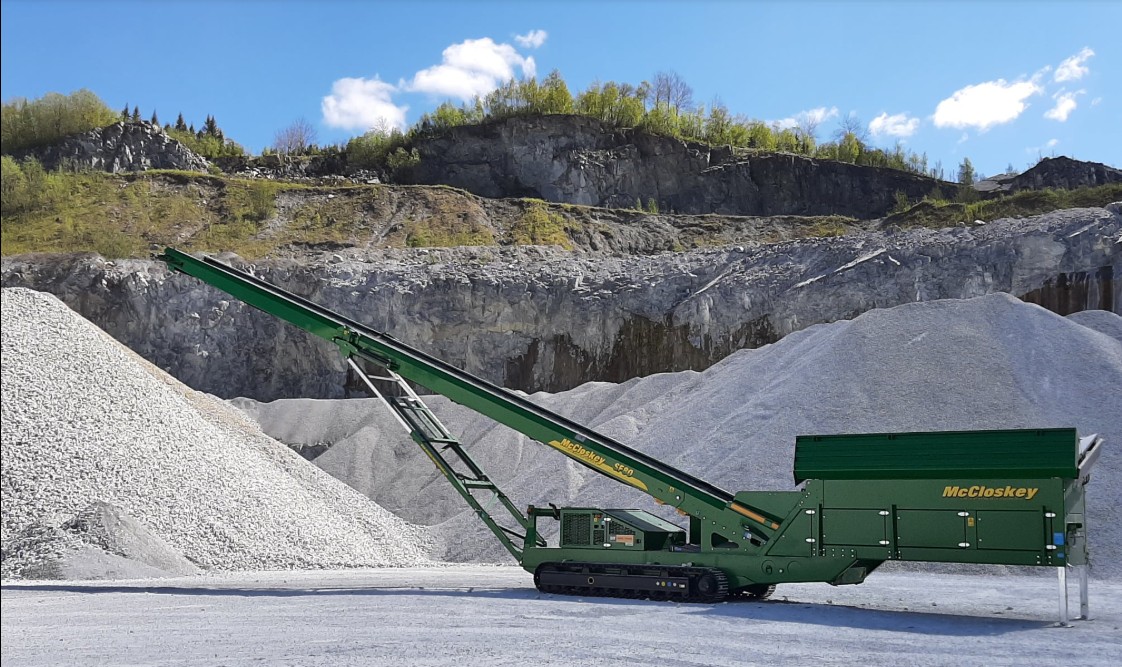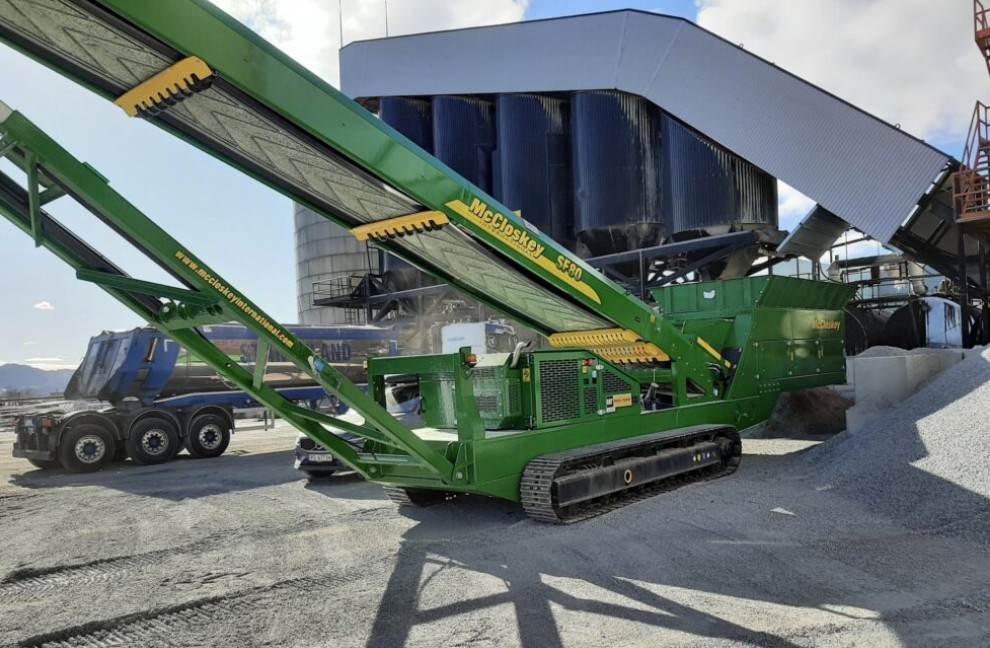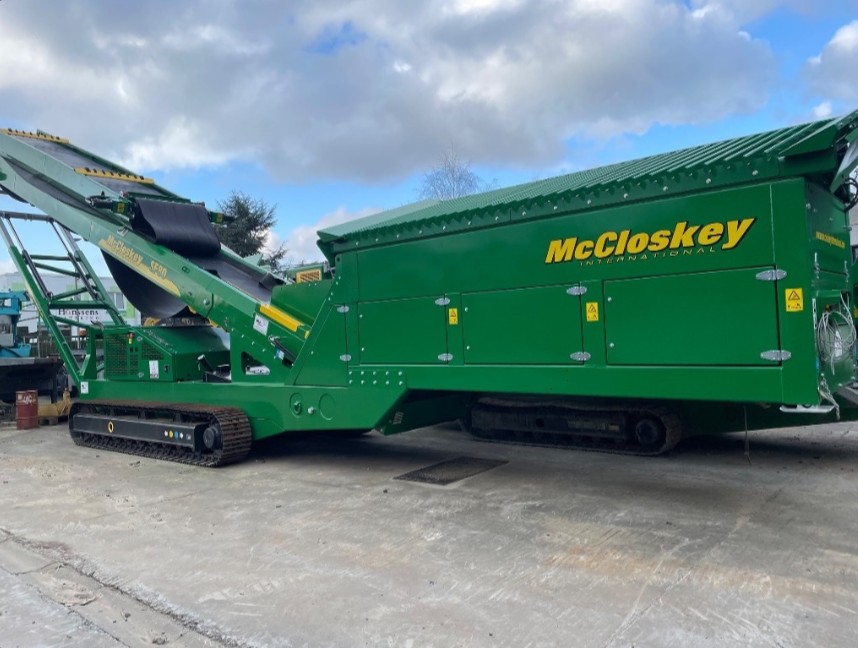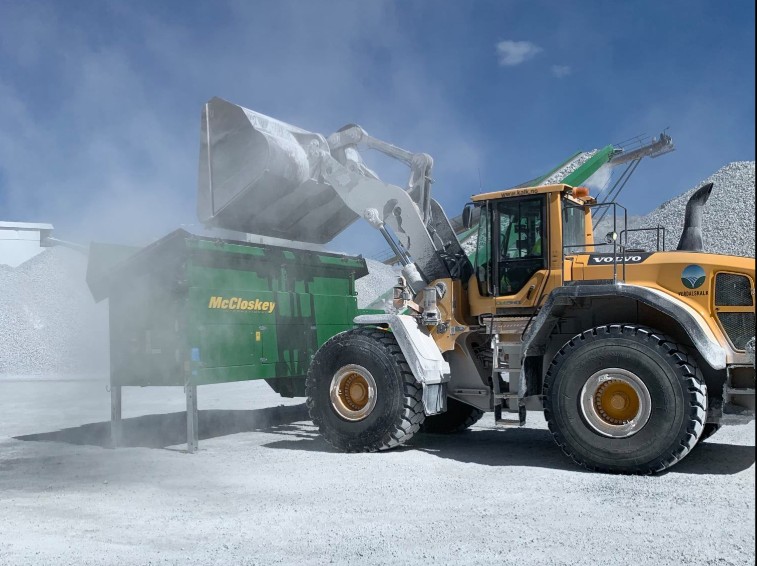McCloskey SF80 Feeder Stacker
- Twin Drive
- 10m Stacking height
- 4 Meter tracks for superior maneuverability and stability.
- CAT 4.4
- Radio Remote
- Hopper extensions Optional in lieu of Grizzly
Applications and Performance
Ideal for:
- Stockpiling from crushing and screening trains
- Reclaiming and transferring material in bulk handling systems
- Quarry, mine, and port operations
- Civil works and infrastructure sites
 Engine
CAT C4.4
Engine
CAT C4.4 Weight
24,500kg approx.
Weight
24,500kg approx. Hopper Capacity
13m3
Hopper Capacity
13m3  Max. Production Rate
800 TPH
Max. Production Rate
800 TPH 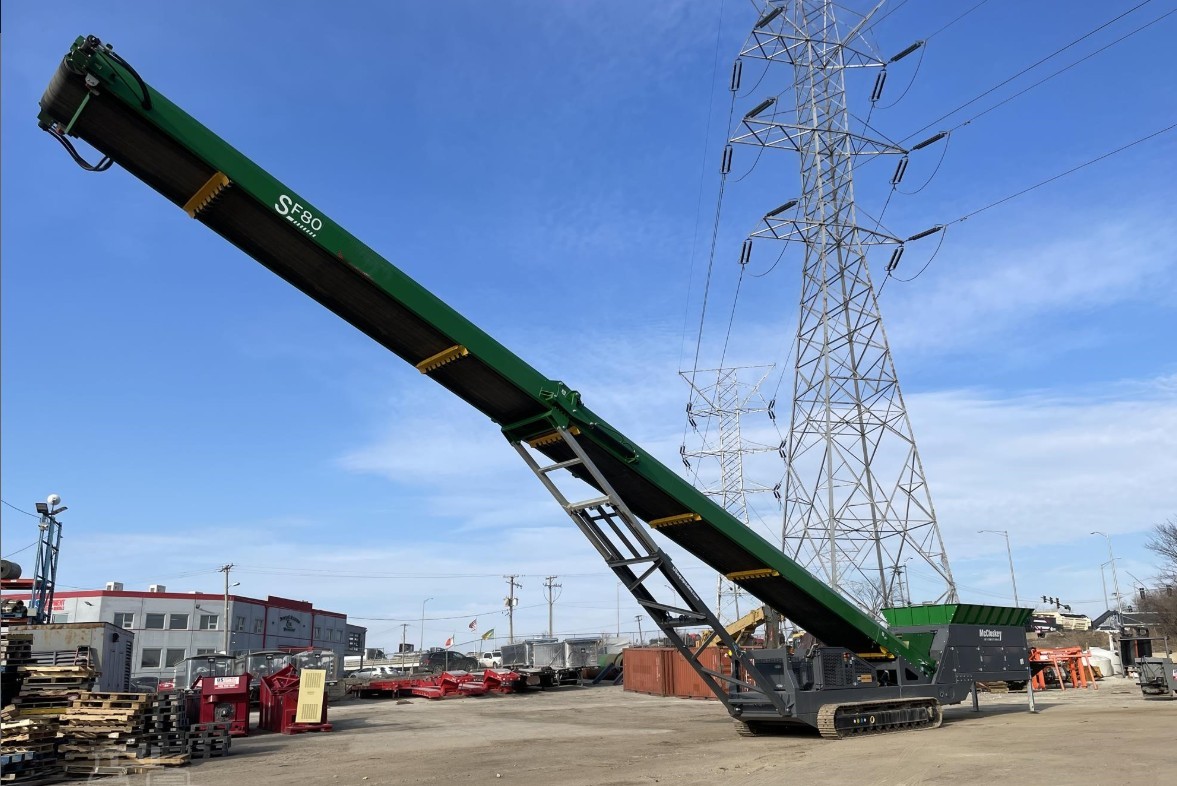

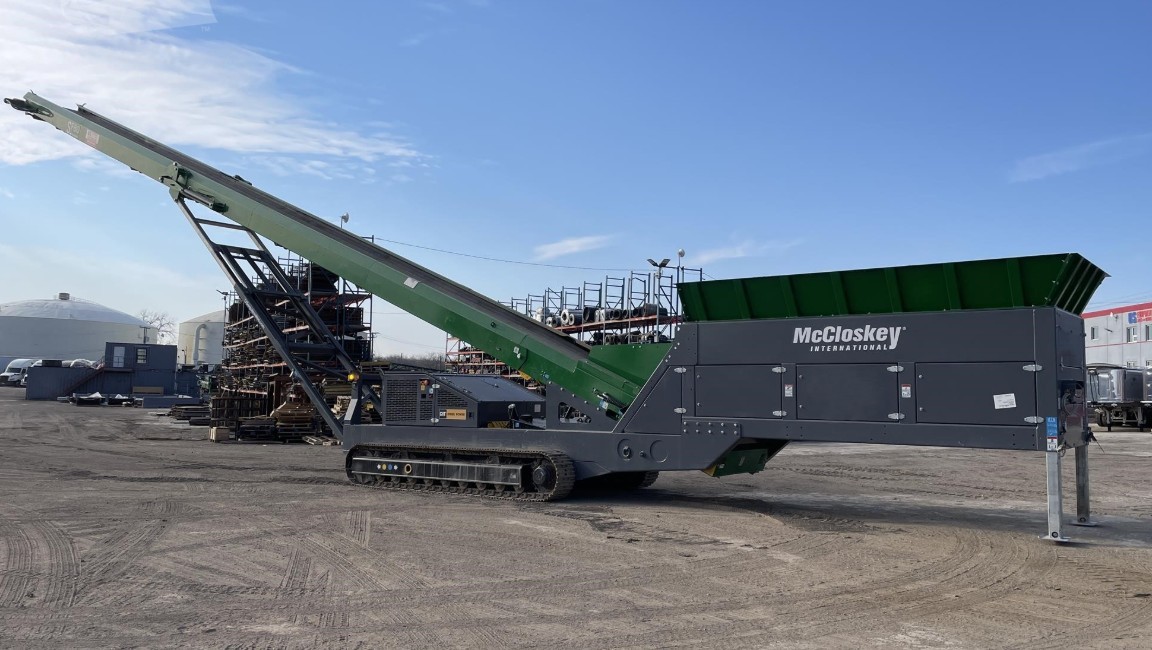
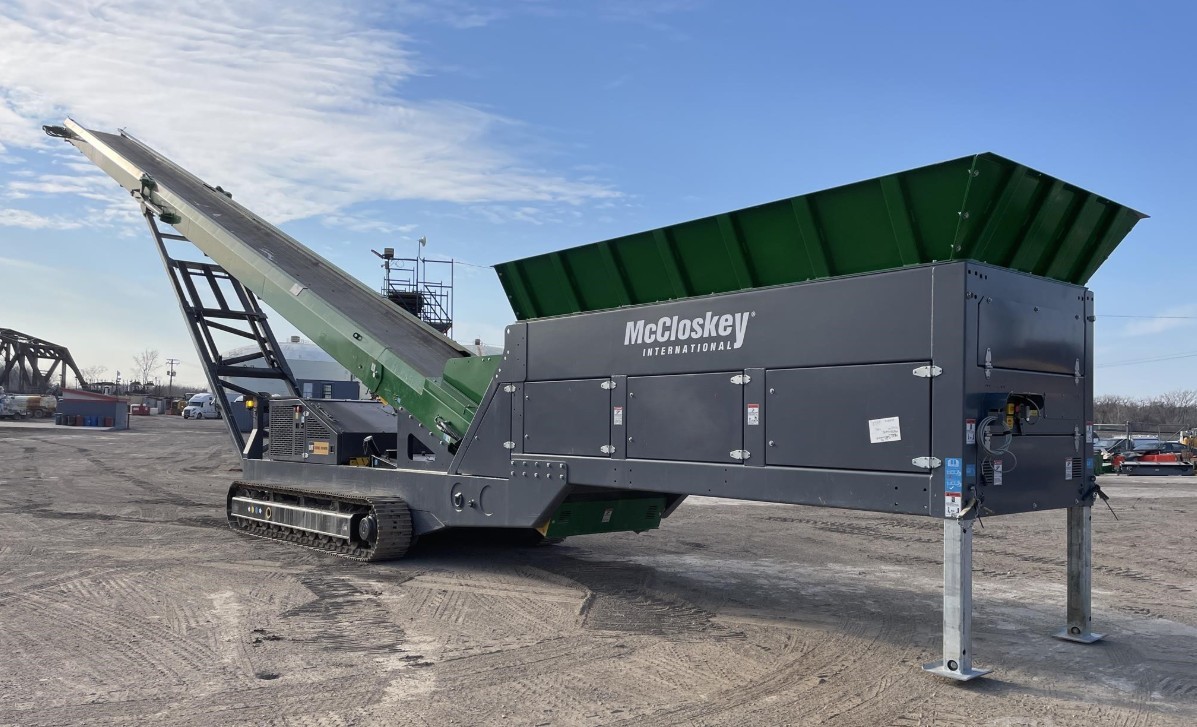
MACHINE BENEFITS
A primary crusher with superior shaping ability, the R5 Impact Crusher fills a variety of roles using just one piece of equipment. The R5’s built in pre-screen’s, post-screens and recirculation conveyor ensures maximum product quality and throughput.
A primary crusher with superior shaping ability, the R5 Impact Crusher fills a variety of roles using just one piece of equipment. The R5’s built in pre-screen’s, post-screens and recirculation conveyor ensures maximum product quality and throughput.
A primary crusher with superior shaping ability, the R5 Impact Crusher fills a variety of roles using just one piece of equipment. The R5’s built in pre-screen’s, post-screens and recirculation conveyor ensures maximum product quality and throughput.
A primary crusher with superior shaping ability, the R5 Impact Crusher fills a variety of roles using just one piece of equipment. The R5’s built in pre-screen’s, post-screens and recirculation conveyor ensures maximum product quality and throughput.

